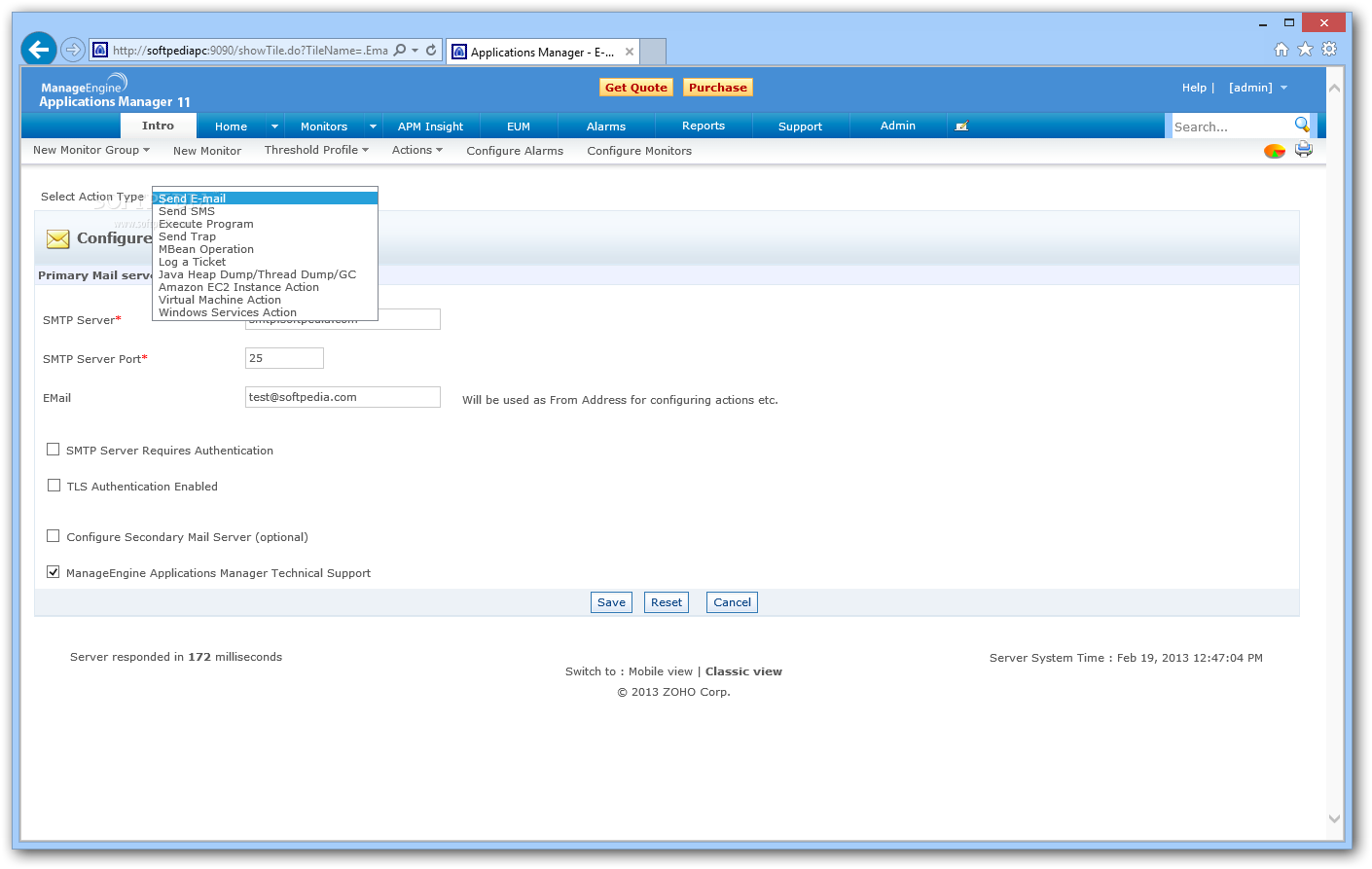Change the PostgreSQL database password: Manage: This option is available for the master database on the primary node only. Select the database. Click Change Password. See Changing the Postgres database password. Set up more storage for a PostgreSQL database: Manage: This option is available for the master database on the primary. Managing a Database. Now that Postgres is up and running we can create some databases to experiment with. Here, we describe the basic commands for managing a database. Most Postgres applications assume that the database name, if not specified, is the same as the name on your computer account. First, launch the psql program and connect to the PostgreSQL Database Server using the postgres user: Second, enter all the information such as Server, Database, Port, Username, and Password. If you press Enter, the program will use the default value specified in the square bracket and move the cursor to the new line. Managing Databases in PostgreSQL. In this tutorial, you will learn how to create, drop and select a database in SQL. If you are an aspiring data scientist or are curious about data in general, you must know the importance of relational databases. SQL is a language which lets you query relational databases and ask meaningful questions. PostgreSQL is an open source database management system that uses the SQL querying language. PostgreSQL is a powerful tool that can be used to manage application and web data on your VPS. In this gude, we will discuss how to properly manage privileges and user grant permissions.
This page describes various tools and methodologies for conducting database changes and deploying them. It includes tools to manage schema changes (via patches, or by adding complete SQL files), sproc changes and data migrations.
Schema management tools- Versioning by Hubert 'depesz' Lubaczewski blog post
- Sqitch by David Wheeler official website
- Schema evolution manager (sem) by Gilt Groupe PGDay NYC 2013 presentation
- migra: like diff but for PostgreSQL schemas by djrobstep
- Tusker by Michael P. Jung
- metagration by Michel Pelletier
- fdiff by Joel Jacobson blog post
- Schema-based API versioning by Valentine Gogichashvili
- ALTER DATABASE ADD SANITY by Alexey Klyukin
- Your database migrations are bad and you should feel bad by djrobstep
Summary: in this tutorial, you will learn how to connect to the PostgreSQL Database Server via an interactive terminal program called psql and via the pgAdmin Whats good games patreon. application.
When you installed the PostgreSQL database server, the PostgreSQL installer also installed some useful tools for working with the PostgreSQL database server. In this tutorial, you will learn how to connect to the PostgreSQL database server via the following tools:
- psql – a terminal-based front-end to PostgreSQL database server.
- pgAdmin – a web-based front-end to PostgreSQL database server.
psql is an interactive terminal program provided by PostgreSQL. It allows you to interact with the PostgreSQL database server such as executing SQL statements and managing database objects.
The following steps show you how to connect to the PostgreSQL database server via the psql program:
First, launch the psql program and connect to the PostgreSQL Database Server using the postgres user:
Second, enter all the information such as Server, Database, Port, Username, and Password. If you press Enter, the program will use the default value specified in the square bracket [] and move the cursor to the new line. For example, localhost is the default database server. In the step for entering the password for user postgres, you need to enter the password the user postgres that you chose during the PostgreSQL installation.
Third, interact with the PostgreSQL Database Server by issuing an SQL statement. The following statement returns the current version of PostgreSQL:
Please do not forget to end the statement with a semicolon (;). After pressing Enter, psql will return the current PostgreSQL version on your system.
2) Connect to PostgreSQL database server using pgAdmin Manage Postgresql Database TutorialThe second way to connect to a database is by using a pgAdmin application. The pgAdmin application allows you to interact with the PostgreSQL database server via an intuitive user interface.
The following illustrates how to connect to a database using pgAdmin GUI application:
First, launch the pgAdmin application.
The pgAdmin application will launch on the web browser as shown in the following picture:

Sensei 1 0 0 mac free download. Second, right-click the Servers node and select Create > Server… menu to create a server
Third, enter the server name e.g., PostgreSQL and click the Connection tab:
Fourth, enter the host and password for the postgres user and click the Save button:
Fifth, click on the Servers node to expand the server. By default, PostgreSQL has a database named postgres as shown below:
Sixth, open the query tool by choosing the menu item Tool > Query Tool or click the lightning icon.
Seventh, enter the query in the Query Editor, click the Execute button, you will see the result of the query displaying in the Data Output tab:
Connect to PostgreSQL database from other applications Postgresql Database AdministrationAny application that supports ODBC or JDBC can connect to the PostgreSQL database server. In addition, if you develop an application that uses a specific driver, the application can connect to the PostgreSQL database server as well:
Midi output software. In this tutorial, you’ve learned how to connect to the PostgreSQL database server by using different client tools including psql and pgAdmin GUI application.
